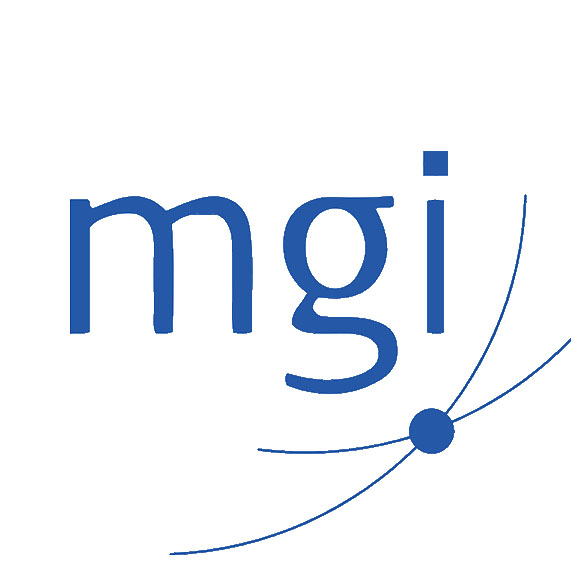It’s usually easier to look back after a business has failed and identify why, than it is to save a business from failing in the first place. In my view there are a number of reasons for this, not the least of which is the fact that everyone is always wiser with the benefit of hindsight.
However, it begs the question of what a business owner can do if their business is struggling? After all, they have a lot of their heart and soul invested into the business (as well as their capital). It’s their “baby” and they are convinced they’re onto a winner, even if it isn’t working out.
The answer is – it depends. It depends on many variables including what type of business they’re in, what industry it’s in, where it’s located and what size the business is and what stage it is at in its lifecycle. In my experience, scale can often play a huge part. There are many struggling small businesses out there – some might call them micro businesses.
But there is hope. Here are my top four tips to get your business back on track.
Do you know your breakeven point?
When I walk past retail outlets (clothing shops for example), I often wonder if the owner knows how many (or what dollar value) of clothes they must sell each and every day in order to simply breakeven.
One thing many businesses fail to do before even setting up business is a simple breakeven analysis. A business broadly has two types of costs – fixed and variable. As the name suggests, fixed costs are largely fixed in nature. This means you’ll have to pay these whether you sell one item or one million. Whilst all costs are variable over time, rent might reasonably be regarded as a fixed cost. You will have this cost even if no customers walk in the door.
Variable costs are simply those that vary with your sales volume. If you are a wholesaler or retailer, the cost of your product might be a variable cost.
So, tip number one would be to understand your breakeven sales point (on a yearly basis) and then break this down to a daily or weekly basis i.e. how many items do you have to sell each day or each week. Then develop and implement strategies to help you sell more than this quantity.
Can you afford to grow?
You might be able to grow your way out of trouble, but do you have the necessary cash to fund that growth? Do you know how much cash you’ll need to fund your desired growth?
In order to answer that question you need to know one critical measure – your working capital burn rate. If you don’t know this you’re flying blind. I often see businesses targeting a certain percentage increase in sales. When I ask them how much working capital they’ll need to fund that growth they often don’t know. Sales generally don’t fund themselves.
For some businesses their working capital burn rate can be quite high. These businesses will struggle to fund rapid growth. For others it can be quite low, in which case they will have an easier road.
You need to know yours.
What are the financial drivers of your business?
Every business has what I call financial drivers. If you don’t know yours you may as well be driving a car without an instrument panel on your dashboard. You don’t know how much fuel you have, whether your engine is overheating or whether your oil is getting low. It’s the same with your business.
Various businesses respond differently to a given intervention. In other words, some businesses are volume driven – they perform better the more goods they sell. Others are margin driven – they don’t necessarily need to grow at the same rate, but they make more profit on the items they sell. Once again, how your business responds will depend on a number of factors including the current size of your business and your breakeven level.
Some businesses require large amounts of working capital e.g. stock and debtors, and can therefore respond well to small improvements in working capital management. Others may have what is called a lazy balance sheet, with a number of underperforming assets.
The key is to understand your key financial drivers – changes in these areas will give you the biggest bang for your buck.
The key measure of business performance
Finally, you need to focus on my one key measure of financial performance. In my view, this is Return on Capital Employed (ROCE). Understand how much capital you have invested in your business and focus on deriving an acceptable return on that.
If your ROCE is not acceptable, you’ll know where to focus your attention.
- Is your profit margin too low?
- Do your sales need to grow?
- Are your expenses too high?
- Do you have poor working capital management?
- Do you have a lazy balance sheet?
- Are you paying suppliers too quickly?
The answer is usually there somewhere. You just need to know where to look.
Often business owners let their heart rule their head but unless they remember that they also have capital invested in the business and act in a mercenary way, they could end up with a broken heart and zero capital.







